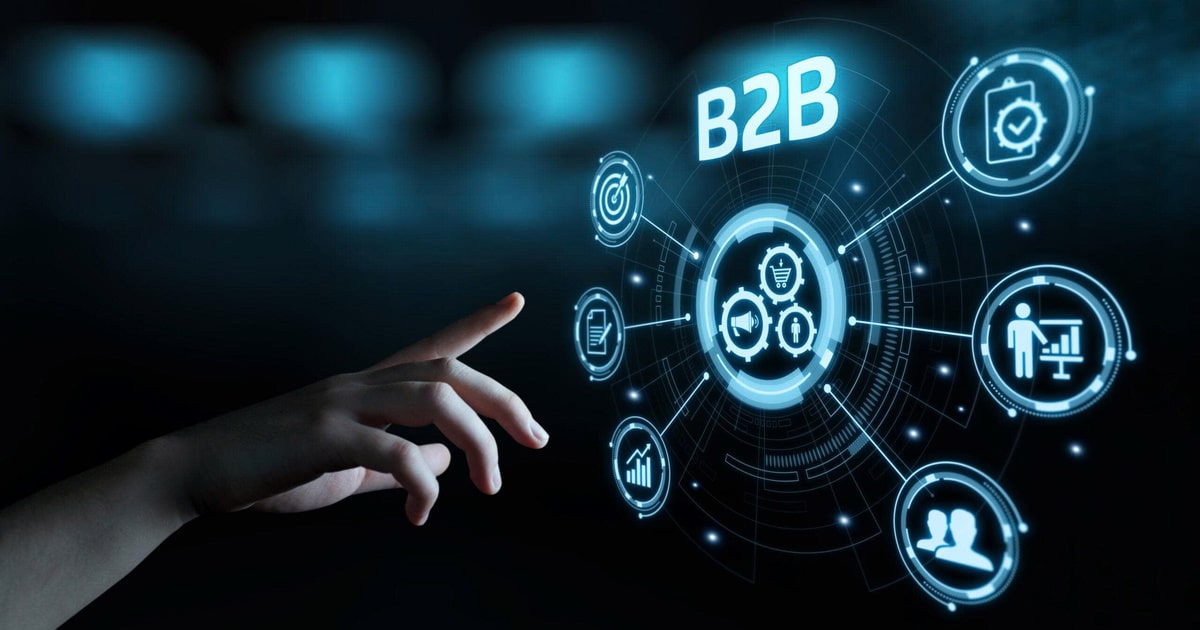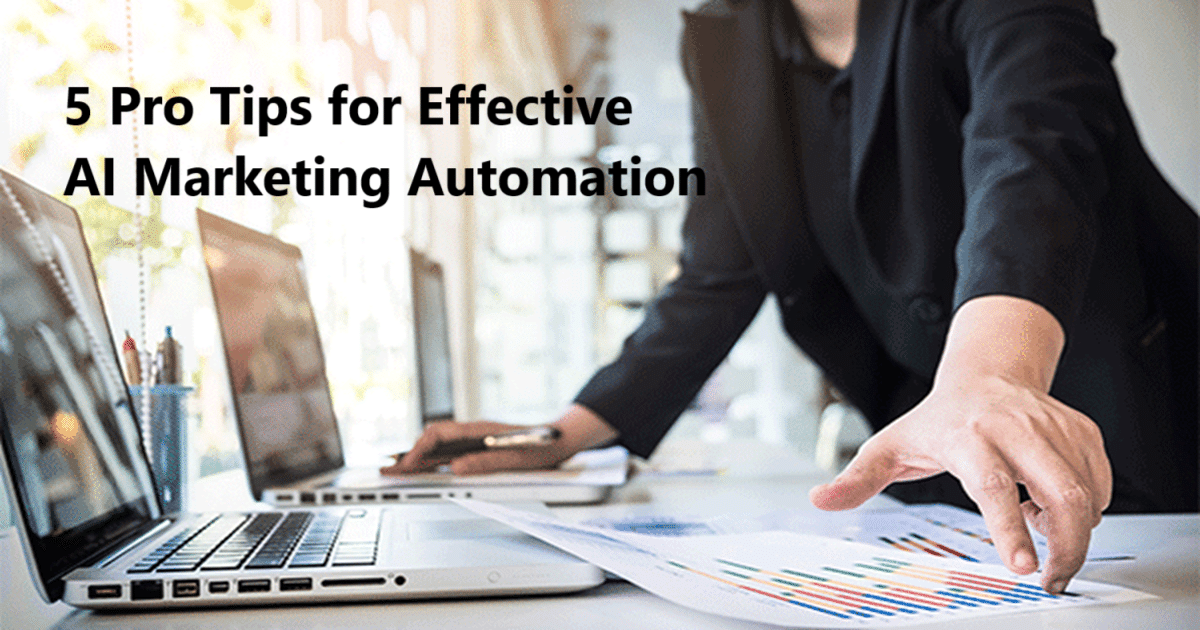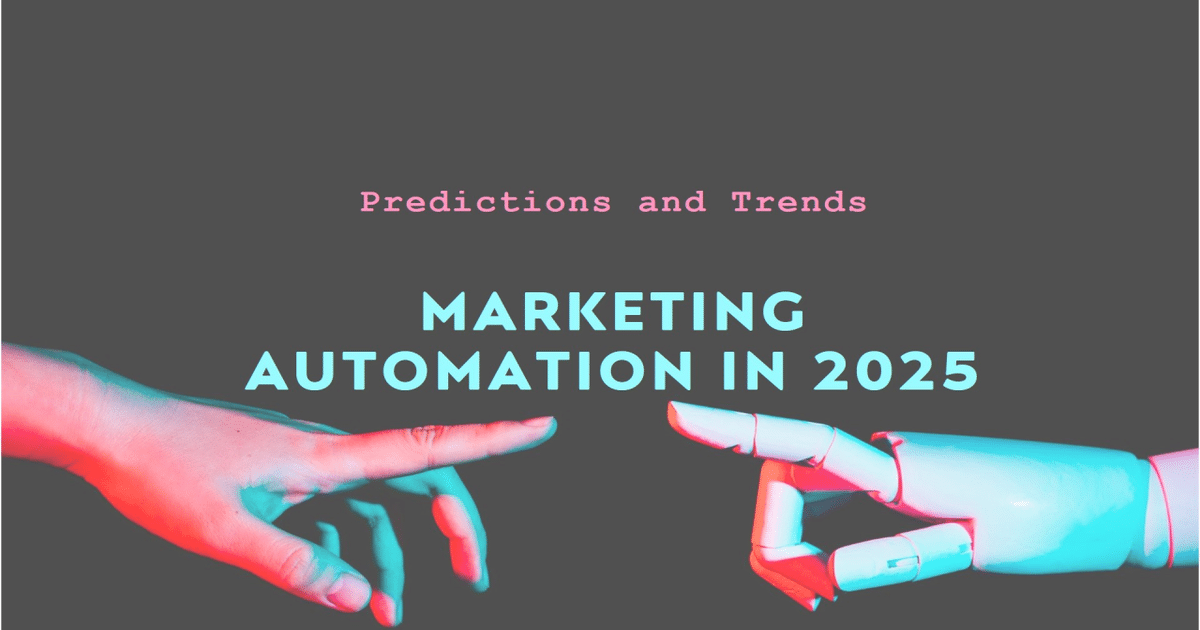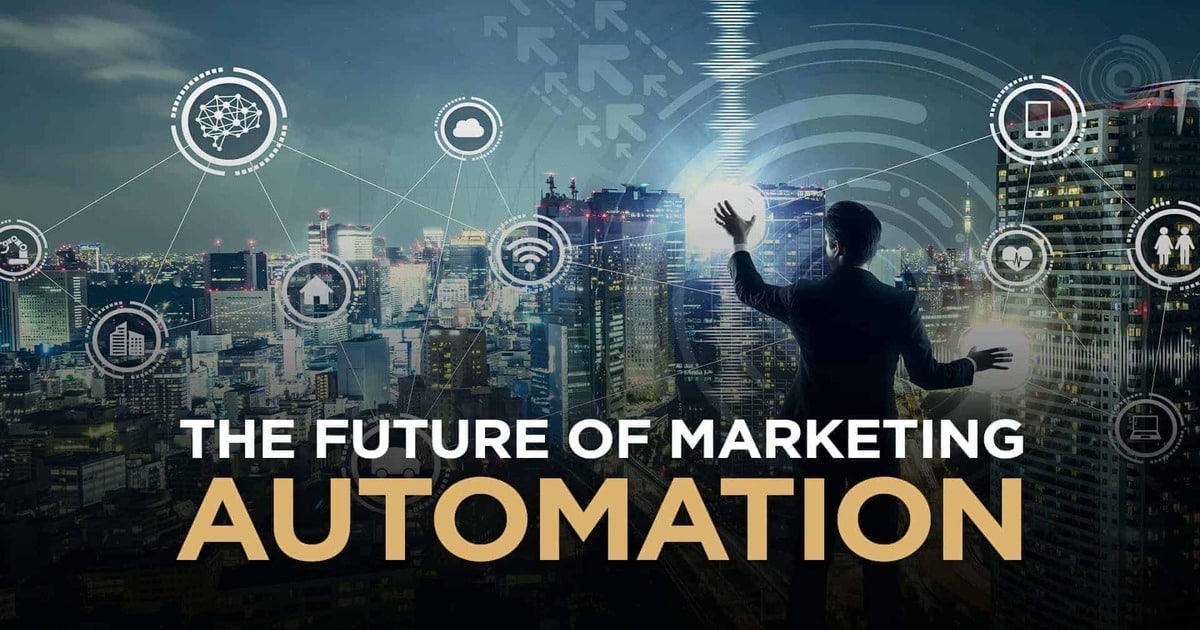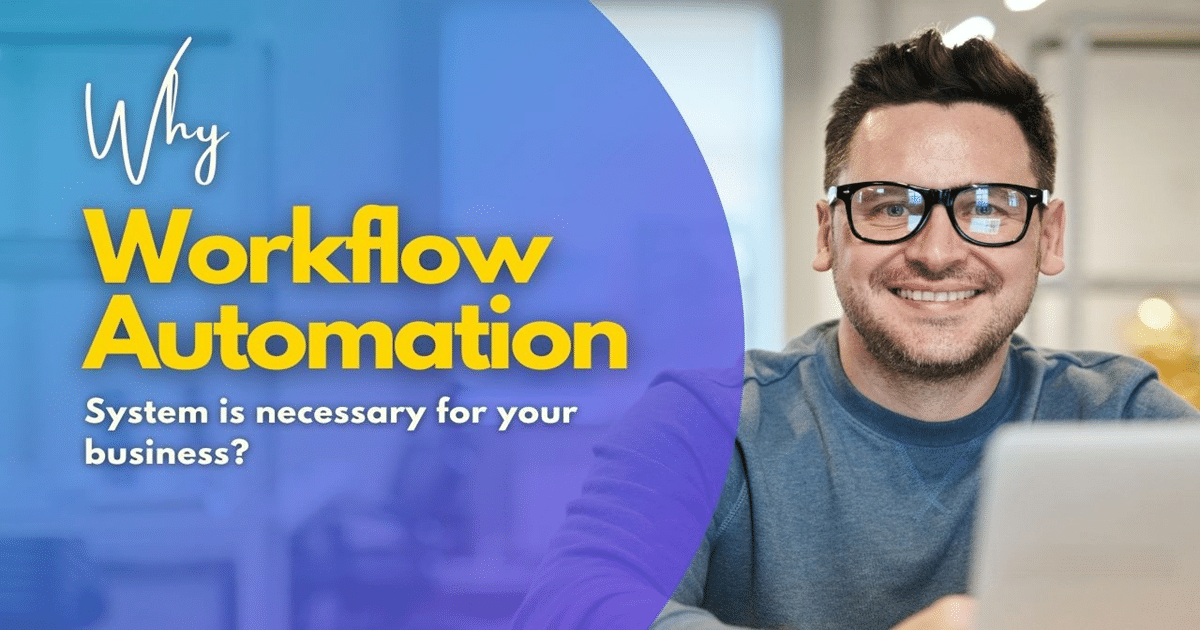Find out the top five AI B2B marketing strategies for 2025 that will help you complete more transactions and get more people to buy. Find out how AI is changing the way businesses market to each other.
The Next Big Thing in AI B2B Marketing
Artificial intelligence is at the forefront of the fast-changing world of B2B marketing. In 2025, AI B2B marketing technologies will give you deep customer insights, analytics, and automation that will help you do well in B2B marketing.
You’re not only behind if your B2B approach still includes cold outreach and generic lead scoring; you’re also invisible.
This post talks about the five best AI B2B marketing strategies that every smart organisation should start using right away. These tips can help you get more sales, close more deals, and stay ahead of your competitors in an industry that is becoming more digital, no matter what business you are in, whether it’s SaaS, consultancy, or manufacturing.
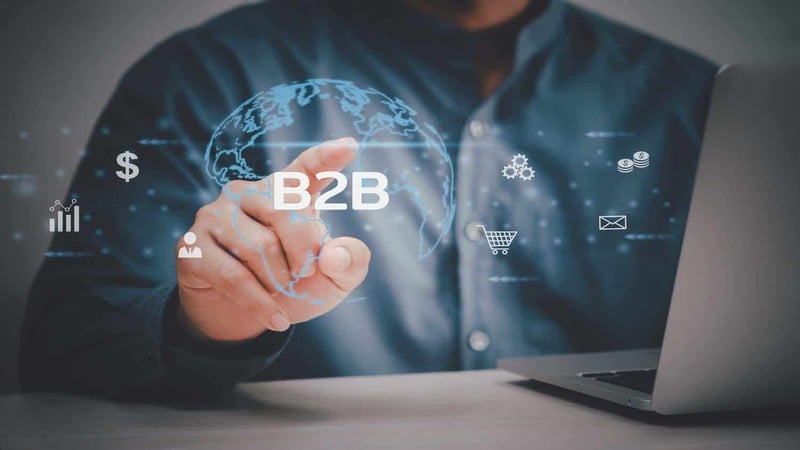
What does AI B2B marketing mean?
AI B2B marketing is when firms employ AI technologies to make their marketing and interactions with other businesses better. It has machine learning and natural language processing to help with things like data-driven lead scoring, predictive content personalisation, chatbot automation, and customer behaviour analytics.
This isn’t just another fad in software. It’s a big change in how B2B buyers are talked to and how decisions are made in sales cycles that are complicated and high-stakes.
Why AI is More Important Than Ever in B2B
AI has been helpful in B2C marketing for a long time, with things like recommendation engines, chatbots, and behavioural targeting. Now, though, the transfer to B2B is speeding up. Why?
1. Sales cycles in B2B are longer and more complicated
AI helps you figure out where leads are in the funnel, what they care about, and how to move them forward by breaking down enormous datasets.
2. More stakeholders mean more data to make decisions.
With AI, you can see how engaged each member of a buying committee is, tailor messages to each function, and find decision makers who aren’t only the apparent buyers.
3. Relevance Affects Conversion Rates
In B2B, generic messages don’t work. AI makes sure that every email, ad, and landing page talks directly to the prospect’s pain points, which makes them more likely to respond and speeds up the sales process.
The best five AI B2B marketing strategies for 2025
Let’s have a look at the things that really change the game. These aren’t trends; they’re tried-and-true ways to produce outcomes in the AI-powered B2B arena.
1. AI-Powered Predictive Lead Scoring
No more guessing which leads are most important. AI lead scoring tools like 6sense and Leadspace look at CRM data, intent signals, firmographics, and engagement behaviour to give leads accurate scores in real time.
How It Works
- AI looks at closed-won transactions from the past to find trends.
- It gives new leads predictive scores depending on how similar they are to old leads.
- Sales teams exclusively work on accounts that are most likely to convert.
Why It Matters
Companies who utilise AI for lead scoring find conversion rates go up by as much as 30% since salespeople don’t have to waste time on prospects that aren’t ready to buy.
2. Personalised content based on intent data
Digital footprints are left by B2B buyers all over the web. AI gathers this intent data, which includes keyword searches and content downloads, and uses it to create a profile for each account that changes over time.
Demandbase and Terminus utilise this information to:
- Send personalised content through email, ads, and personalised websites.
- Offer different value packages to businesses of different sizes or in different industries.
- Change the messages on landing pages in real time based on what users do.
What happened?
More relevant, more involved, and more agreements made.
3. Using conversational AI to qualify sales
AI chatbots have come a long way. Platforms like Drift and Conversica do more than just answer questions these days. They also qualify leads, set up demos, and follow up on their own.
Why B2B Needs This
- People that are interested in B2B often look outside of business hours.
- Sales staff can’t answer every question right away.
- AI bridges the gap by using real-time data and personalised flows to engage right away.
Main Benefits
- Cut the time it takes to respond from hours to seconds.
- Get leads that you would have lost overnight and qualify them.
- Give sales teams more time to close deals instead of chasing them.
4. Using AI to make email campaigns better
Email is still the best way to do business, but only if you use it wisely.
Seventh Sense and Salesforce Einstein look at when and how a person interacts with emails and change the time, subject line, and body content of the emails accordingly.
AI improvements include:
- Figuring out the optimum time to send emails to each person
- Trying out several versions in real time
- Recommending a tone for the content based on how well earlier emails did
Performance Insight
Compared to regular ads, companies who used AI-optimized email saw a 21% rise in open rates and a 13% rise in click-throughs.
5. Large-Scale Account-Based Marketing (ABM)
ABM used to be a lot of work and done by hand, and it only worked for a few big accounts. AI makes it possible to grow.
Marketers may use AI-powered ABM platforms to:
- Find lookalike accounts that are likely to convert
- Customise communications and offers across all channels
- Keep an eye on how well the campaign is working at the account level
RollWorks and Madison Logic are two tools that turn classic ABM into a flexible, data-driven approach. This gives small teams the same capability as big companies.
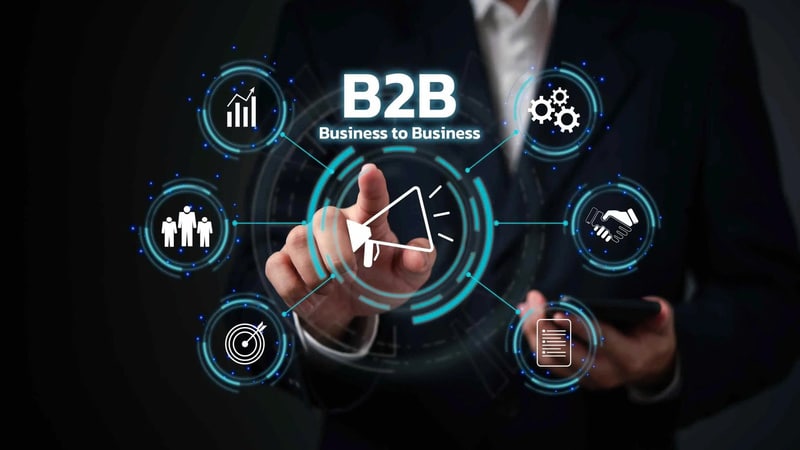
Success Stories of AI B2B Marketing in the Real World
IBM’s Predictive Lead Targeting
IBM cut the time it takes to close a sale by 25% and increased the number of leads that turned into opportunities by 35% by adding AI to its sales pipeline.
Intent-Based ABM from Snowflake The data cloud business Snowflake used AI-driven ABM to only go after accounts with a strong intent to buy. Their return on investment (ROI) for marketing went up by 42% from one year to the next.
Adobe’s strategy for personalised content using AI
Adobe employed AI to change the content of its websites based on the visitor’s job and industry. What happened? Three times as many people asked for demos.
How to Use AI in Your B2B Marketing Plan
You don’t have to rebuild your tech stack to get started. Begin with little steps.
Step 1: Check your funnel
Where do the most people leave? Use AI where it can have the most effect right away, such at the top of the funnel to get leads or in the middle of the funnel to qualify them.
Step 2: Pick the Right Tools
Here’s a brief suggestion for an AI B2B marketing tech stack:
- HubSpot and 6sense for CRM and scoring
- Demandbase and Mutiny for content personalisation
- Email Optimisation: Seventh Sense and Marketo Engage
- Drift and Intercom for chat and conversational AI
- RollWorks and Terminus are examples of ABM platforms.
Step 3: Test, change, and train.
AI gets better the more you use it. Check performance often, change models, and train the tools based on what your team says.

How to Use AI in B2B Marketing to Get Past Problems
“We Don’t Have Enough Data”
Begin with what you have. A lot of tools can operate with little data and get better with time. AI doesn’t need to be perfect; it works best when it keeps changing.
“It’s Too Costly”
AI systems are cheaper and easier to grow than ever before in 2025. You can start with one solution on a monthly plan and add more as you see a return on investment.
“Our Team Isn’t Technical”
Marketers, not technologists, make modern AI tools. Most of them include interfaces that let you drag and drop things and set them up in normal language. Most suppliers also offer help in getting started and tutorials.
You have to do AI B2B marketing now
If you want to build your business in 2025, AI B2B marketing has to be a big part of your plan. The tools are well-developed, the use cases are apparent, and the competitive edge is clear.
It’s not about getting rid of people; it’s about giving them power. Marketers and salespeople that use AI will be able to close more deals, faster, and with less work.
Pick one of these strategies to start with. Find out how much of a difference it makes. Then grow. Your future pipeline and bottom line will be grateful.
To stay updated on the latest AI developments and tool reviews, follow us on our social media channels:
- YouTube: https://youtube.com/@AItoolsbiz
- Twitter: https://x.com/AItoolsbiz
- LinkedIn: https://www.linkedin.com/in/aitoolsbiz

